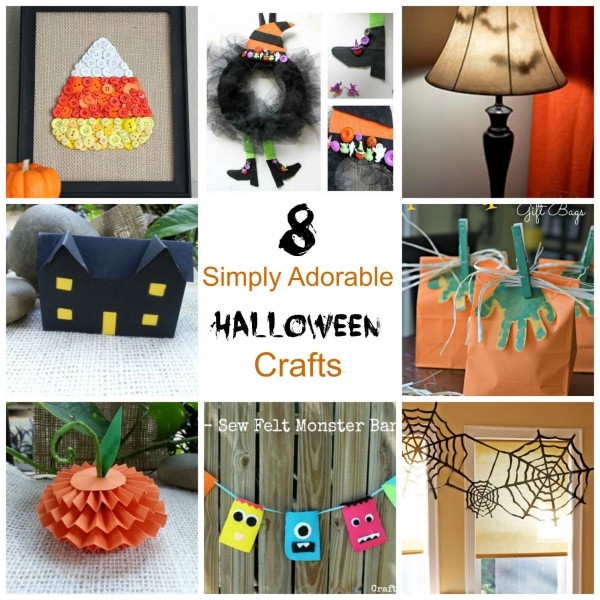
What you need
Incandescent light bulbs
Needle nose pliers
Ice pick or screwdriver
Empty cardboard box
1″ Hex nut
E6000 glue
Instructions
With a little trial and error (and probably a few broken bulbs), these easy steps will turn your trash into Pinterest-worthy treasure, a.k.a. industrial-chic vases. I especially love this project for brides on a budget — can’t you just picture these little vases as the centerpieces at a wedding? And they cost virtually nothing to make.
Every light bulb is different, especially depending on the age of the bulb, so the steps will vary a little. You may go through a few bulbs before you have success — we went through three before finally getting the hang of it. (My husband likened it to learning how to beat “the end guy” in a video game — learning by doing!).
- Put on some gardening or other protective gloves. Since the pieces are razor sharp, you’ll want to do this over a cardboard box to contain all the pieces of glass and metal filament. Definitely don’t do this project anywhere near where you eat!
- Firmly but gently grasping the bulb in one hand, use the needle nose pliers to twist, peel, or otherwise carefully remove the soldered end (it might look like a ball point, or it might be more like a flat sticker) with the other hand.
- Once the soldering is removed, carefully use the needle nose pliers (by tapping or gripping, or both) to crack the black glass insulator surrounding the bulb’s base. Depending on the type of incandescent light bulb you’re using, you may have to chip away at this black glass in various ways to completely remove it and expose the glass insulator and filament chamber.
- Next, gently tap and crack the internal glass/wire structure. Use the ice pick or screwdriver to tap through into the hollow of the bulb itself, being careful not to push all the way through and crack the bulb. Turn the light bulb upside-down in your box to empty the contents, and use the needle nose pliers to grab and pull out remaining broken pieces, if needed. Once everything is out, give the empty light bulb a good shake and rinse with water.
- Holding the light bulb “right side up,” place a large dab of E6000 epoxy glue onto the center top of the bulb, usually where the brand and wattage stamp is found. You can remove this lettering with nail polish remover and a cotton swab or leave it in place as a marker (as I did). Center your hex nut in the dab of epoxy and also fill the center of the nut with epoxy. Let dry “upside down” (nut and epoxy side up) at least one hour before using. If you still have the empty light bulb box in your cabinets, they make great drying stands!
- Once your epoxy is good and dry, turn the light bulb over and fill halfway with water, then place in your flowers. If your hex nut was slightly off center, no worries — your vase is still going to look cool (and be totally useable) if it’s askew at an angle.
The whole project, from start to finish (including the three bulbs we broke before getting the process right), took us less than an hour, and now we have a completely eco-cheap, industrial-chic, conversation-starting vase to use anywhere in our home! I wanted the vase to stand alone — unlike so many other Pinterest tutorials I’ve seen for hanging them from the ceiling or crafting a wire stand — so they can be used anywhere, anytime, for weddings or outdoor dinners or on a desk, but you can absolutely skip gluing the hex nut to the bottom of the bulb and use some floral wire to hang your vase (or a group of vases) if you want!
Melissa Massello writes about fun DIY projects for The Home Depot and her site Shoestringmag.com. She loves to upcycle light bulbs and make cool décor pieces out of them for her new house. If you want to create these vases, but don’t have any old light bulbs lying around, check out The Home Depot’s selection of incandescent light bulbs on their website.


























What do you think of this project? Let us know!